
You can get a 3-mont subscription to NBA League Pass by signing up with our exclusive link. Learn about how to claim the NBA League Pass promo code today!

Learn expert strategies for fantasy basketball trades. Discover how to buy low, sell high and make winning moves to maximize your NBA fantasy league success.
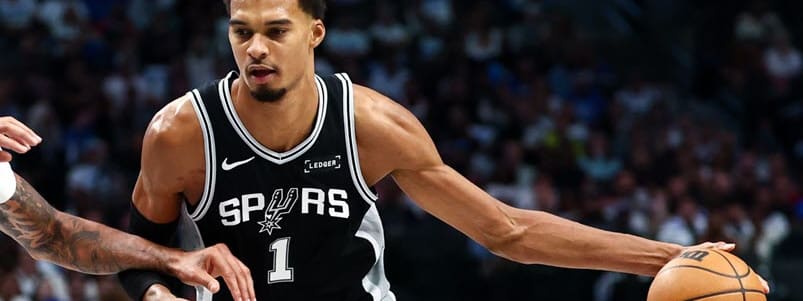
Fill out an elite DFS lineup led by Derrick White, Donovan Mitchell and Anthony Davis. Discover today’s top matchups and value picks on DraftKings.
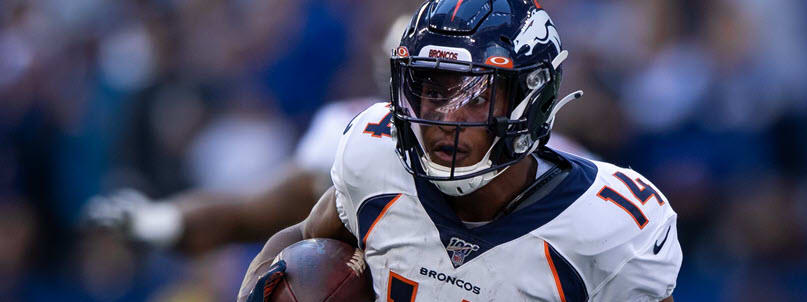
Analyze Week 8 top WR vs. CB matchups. Get insights on key WR vs CB battles, potential upgrades or downgrades and fantasy football implications. Courtland Sutton will likely produce against Dallas.
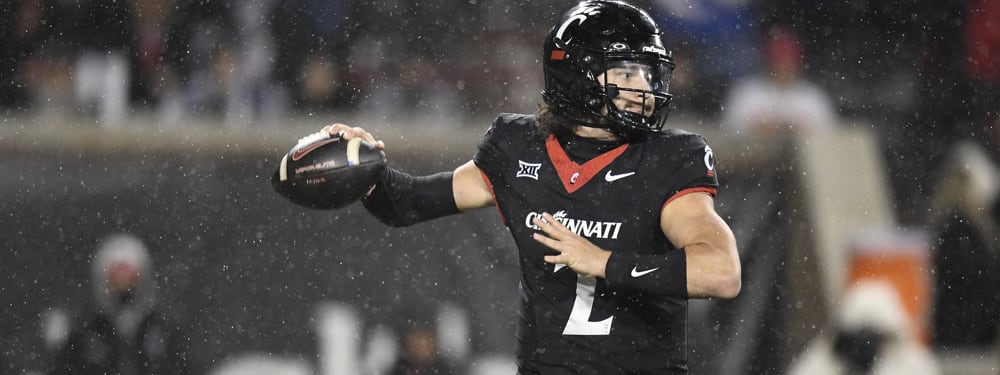
Gear up for the CFB DFS main slate on DraftKings for Week 9 with John McKechnie's breakdown on his favorite plays and lineup strategy advice.

Claim $50 in bonus picks when you sign up and register right now using the exclusive DraftKings Pick 6 promo. Claim the DraftKings Pick 6 promo for today's NFL games & more.
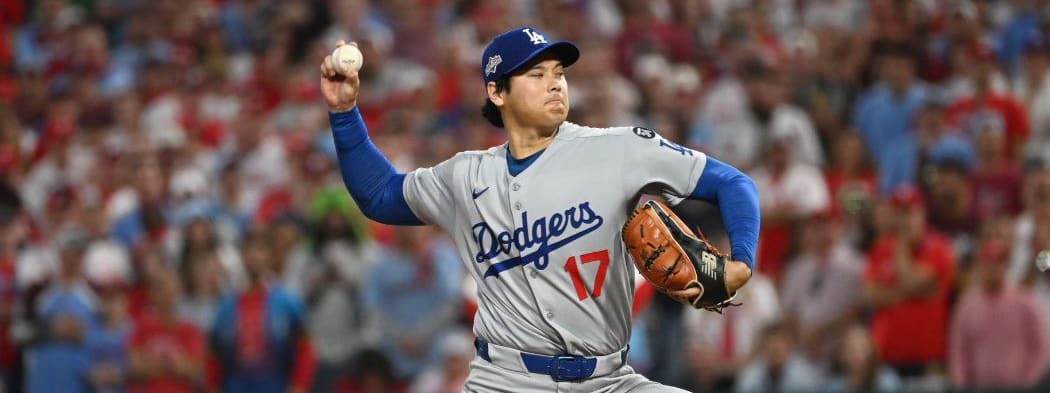
While sports betting isn't legal just yet in the Golden State, you can find the best legal California sportsbooks that you can bet with right now!

Kyle Larson has been strong at Martinsville of late, and C.J. Radune is backing the No. 5 team in NASCAR DFS contests on DraftKings and at the betting window this week.

Nick Whalen joins VSiN Friday morning to talk best bets for NFL Week 8. They start with Sunday Night's Packers at Steeler's game. Nick likes Jordan Love and the Pack.

The best Pennsylvania sportsbook promos grant over $4,000 in welcome bonuses to new users. Learn more and claim the top PA sports betting promos today.

New users can claim more than $5,000 in Ohio sportsbook promos today! Learn how to claim and the pros and cons of each of these OH sports betting promos.
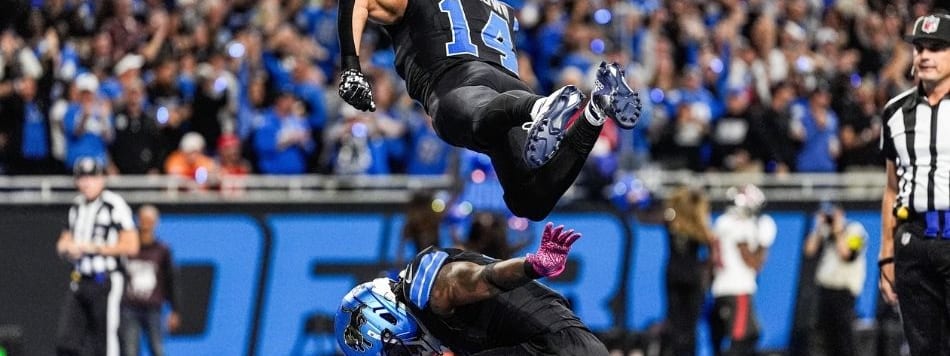
The best Michigan sportsbook promos grant over $4,000 in welcome bonuses to new users. Learn more and claim the top MI sports betting promos today.

The best Illinois sports betting promos grant over $5,000 in welcome bonuses to new users. Learn more and claim your IL sports betting bonus today.

You can get $50 in Novig Cash just by spending $5 in prediction markets with the Novig promo code ROTOWIRE. Learn more about the Novig promo here.

Premier League GW9 predictions with exact score picks for all 10 matches, plus betting insights, key stats, and value plays for the weekend slate.

RotoWire's Alex Barutha shares his favorite picks for Friday's NBA games, including leans on Victor Wembanyama and Steph Curry.

Unlock $60 in bonus entries when you sign up and register right now using the FanDuel Picks promo code. Claim the FanDuel Picks promo for the NFL, NBA & more.


